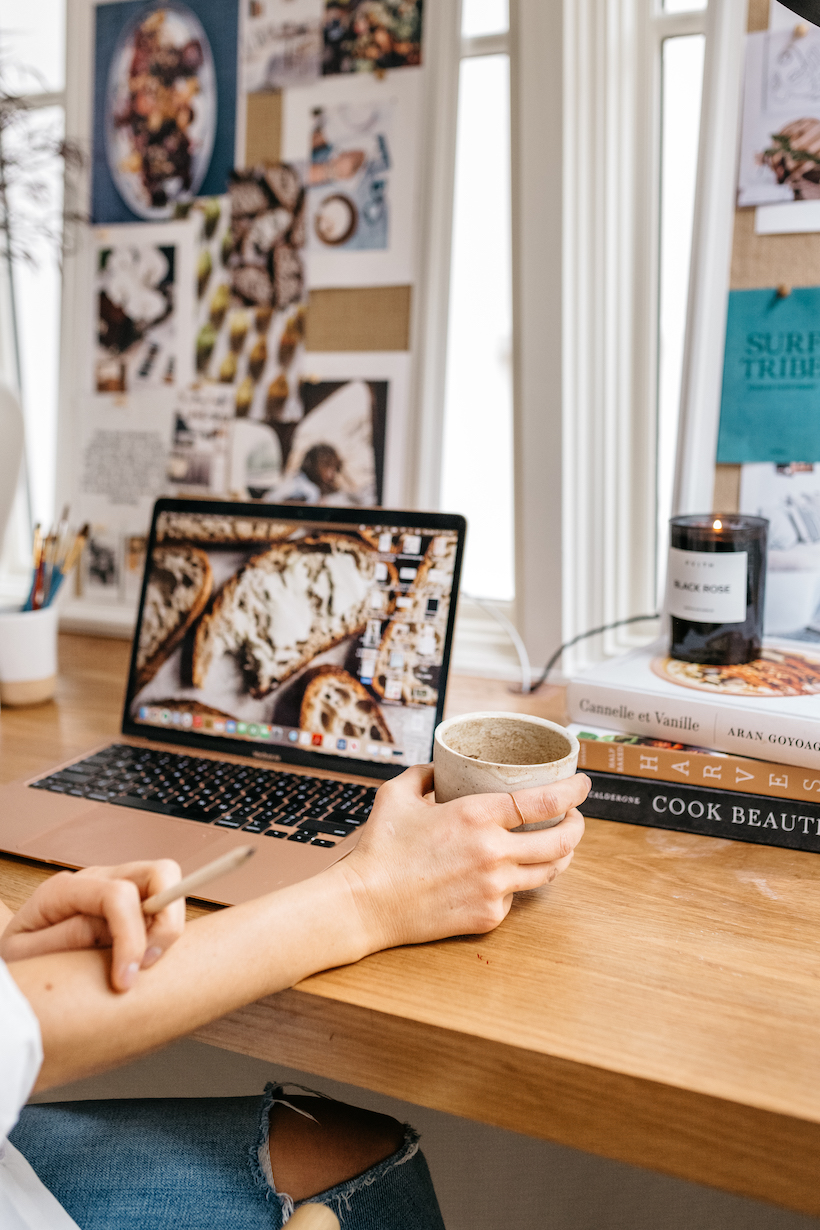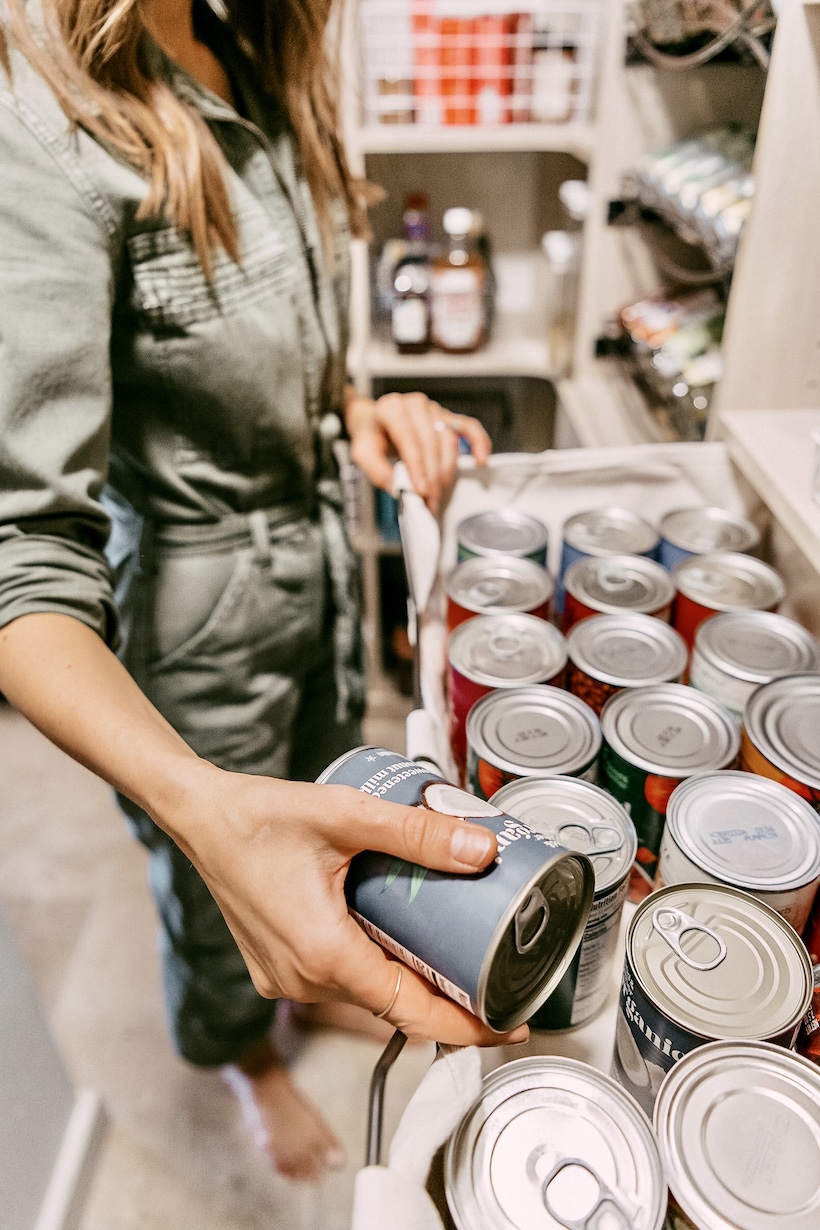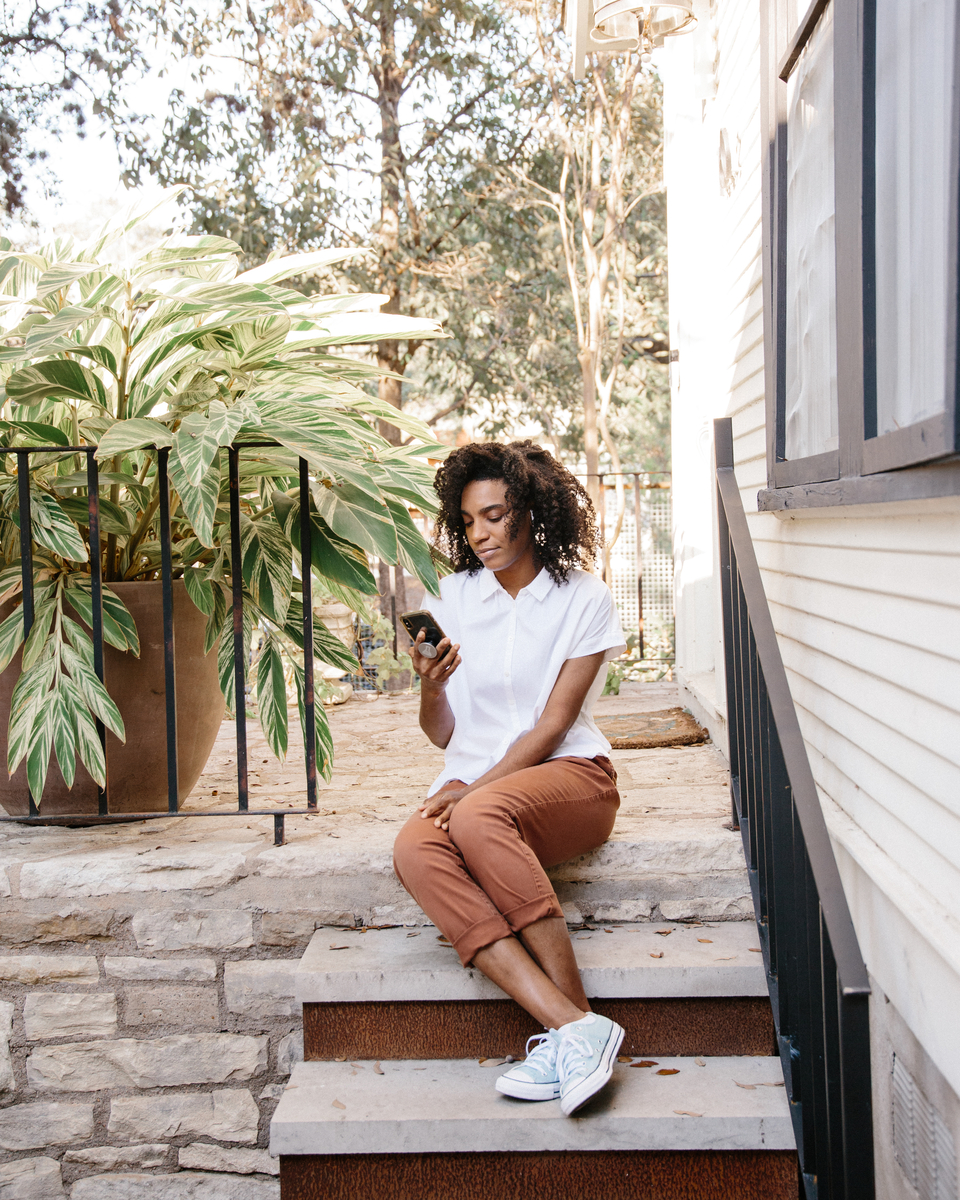It’s hard to believe that just a little over a month ago, Texas was in the middle of a true crisis as Winter Storm Uri swept through the state on Valentine’s Day weekend. Millions were left without power and water for days due to a power grid that wasn’t prepared for sub-freezing temps, and some were without water for weeks. If you were following along at that time, you likely read first-hand from Camille about her experience and how to help your community, and I’m sure your social feeds were inundated with Texans who sprang into action to help one another.
When I woke up around 1:30 am on Monday, February 15th to my power abruptly going off (I sleep with two noise machines and a fan), I didn’t think much of it. I knew we’d have rolling blackouts that were supposed to last maybe 10 to 30 minutes, so I wasn’t too concerned. When I woke up around 8:30 am, I noticed the power still wasn’t on and opened Twitter—that’s when I got concerned. We’d soon learn the power outage would affect the entire state; 4.4 million to be exact, and no one knew when we’d get power or water back. The daytime fun of walking around in the snow quickly turned to fear as the sunset, my apartment temp dropped to 38 degrees, and I only had a few cans of tuna, rice cakes, bananas, and avocados to get us through the week.
It’s a very wild feeling to be in the middle of a crisis and not even realize it until a day or so in.

Because our building didn’t have power or water, our internet was fairly unreliable, too. Anytime I’d try to hop on a Zoom call or log into Microsoft Teams, it was mostly unsuccessful.
It was on Day Two of the storm that I paused, and thought okay, I don’t have power and water, but what DO I have access to right now? What resources can I use to help others? A phone, a car, and a lot of connections in town—it’s time to help. It was as simple as that.
While scrolling on Instagram, I found several different non-profit organizations that had very specific requests and needs to help the community from diapers to clothes and shoes, to non-perishables, feminine products, water, and everything in between. I started making calls and sending texts to brands and folks I’ve worked with in the past, inside and out of Texas, to see if they could help, and most without even pausing quickly sprang into action—diaper brands, feminine car brands, cosmetic brands, cleaning supply companies, clothing brands, and more.
By sharing on social media who was helping, more brands and folks reached out and before I knew it, I had friends and strangers sending me Venmo’s to help purchase products once grocery stores opened to help Austin. It was beautiful. I’m always amazed by the power of community. I heard from so many who lived outside of Texas that they weren’t aware of the devastation taking place because the media wasn’t covering it as much. That’s the thing about a storm like this—Texas didn’t have the devastating imagery as a hurricane or wildfire might have, so it was hard for some to see what was truly happening.
Knowing how easy it was to help in my circumstances, I was inspired to continue the action year-round versus only in crisis mode. Here’s what I’ve learned and how you can help your community, too.
Find organizations that align with your values, and learn about them
There are a lot of people and organizations who are doing good and making an impact in the community, and it’s important to know who and how they’re doing this with your dollars and donations. This is where it’s imperative to ask the questions. For instance, I tried to elevate and support the organizations who specifically were using dollars and donations to give back to underserved and minority communities; those who lived in food deserts and didn’t have access to Instagram to see where they could get free tacos during the storm.
Consider your own resources
There were so many mom friends who shared they felt guilty that they couldn’t get out and volunteer, but I reminded them that they had access to so much more than volunteer time. At one point, one of the local mutual aids requested travel-sized and regular toiletries and gently used shoes, coats, and pants. I reminded one of my influencer friends that she gets sent a lot of product from brands, and she graciously donated bags of products she doesn’t use. Similarly, if you don’t have time to volunteer or physical products to donate, consider who is requesting funds. Learn about how they use funds, and how you can continue to donate on a consistent basis. And if time or money isn’t an option, yet you are highly connected, ask! You’d be so surprised how much brands want to help.

Commit to monthly volunteering
Need to catch up with a friend? Repurpose happy hours to volunteer hours. This gives you the opportunity to learn more about an organization you’re curious about, while also getting the opportunity to meet new people. During the storm, I was amazed by how many people I saw volunteering that I haven’t seen since pre-pandemic. Hard to capture the feeling, but it was a little emotional to be surrounded by like-minded do-gooders for a few hours. At the tail end of the storm, I helped with Jose Andres World Central Kitchen delivering meals to an underserved community.
To witness both the living conditions and the gratitude of that community is something I’ll never forget. It really solidified how important it is to fully see your entire community—not just my bubble—to understand why we need to advocate for more resources and help. No matter where you volunteer, from food banks and gardens to shelters or relief centers, I guarantee your perspective on helping will change.
Utilize the power of storytelling
I’m not suggesting you need to post on Instagram every single donation you make, but you’d be surprised at the number of people asking me how they could help when I’d share online. Consider the trickle effect of impact and how that might look on your channels. Is it a monthly post about an organization that you care about and why? Context is important, and when folks have context, they’re often more inclined to feel connected to the cause.
For example, almost everyone that knows me knows I love food and dining out—it’s been a part of my work in some capacity. I recently learned about an organization called Good Work Austin who through donations, is building a community kitchen to get restaurant employees back to work. They’re addressing Austin’s food insecurity by providing meals to food desert communities and providing access to mental health for the hospitality community—all things I care deeply about. By sharing why I’m supporting this organization and providing context/background to why it matters for our community, I now have folks who also want to help and get behind the cause.
Organizations need our help to get their word out, and whoever you end up supporting, consider the most authentic way for you to help tell that story.
Readers, I’d love to hear what tips and learnings you have with supporting your community, and how you’ve leveraged your own resources to make an impact. Drop your thoughts and comments below.









